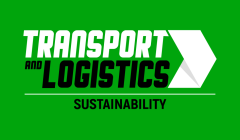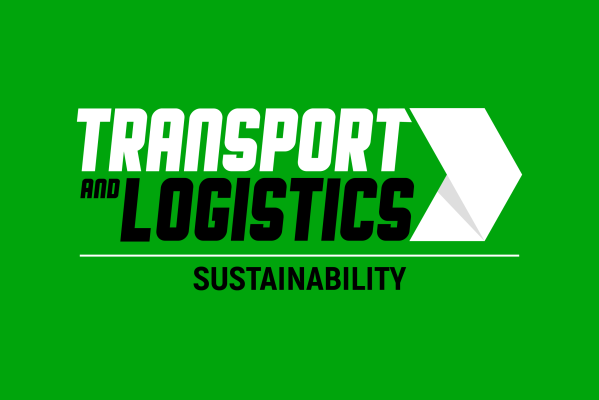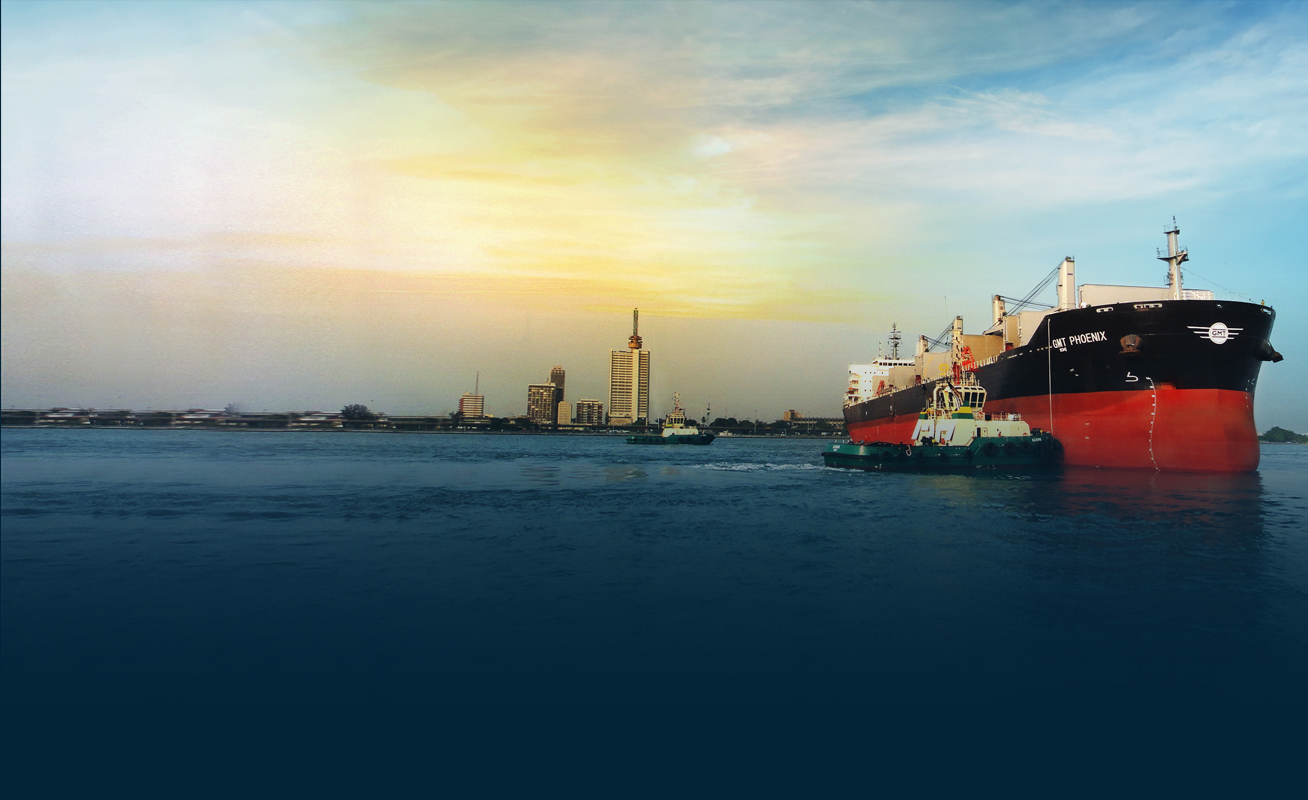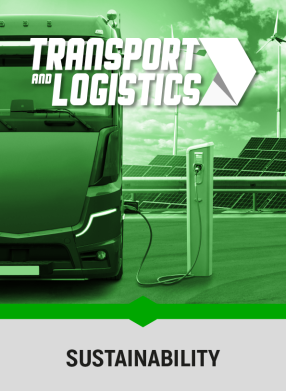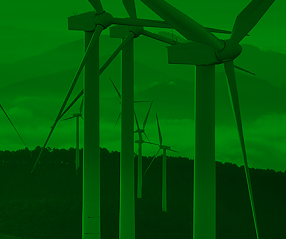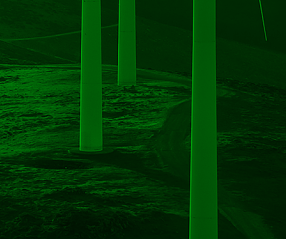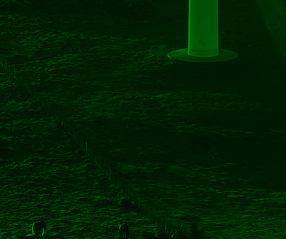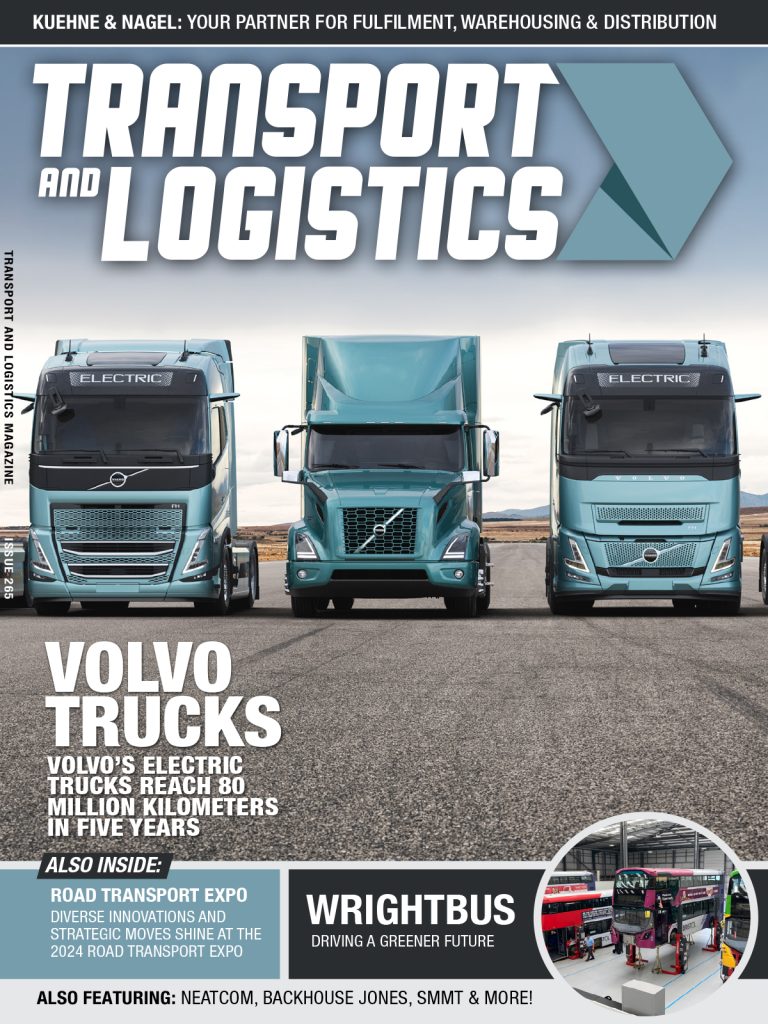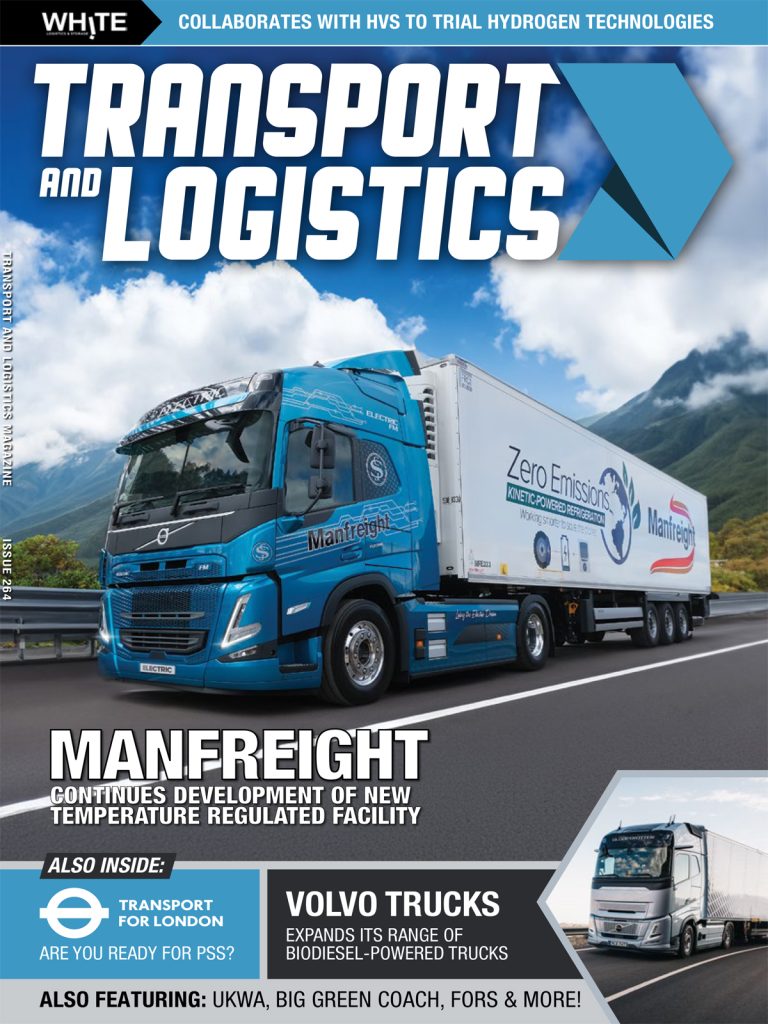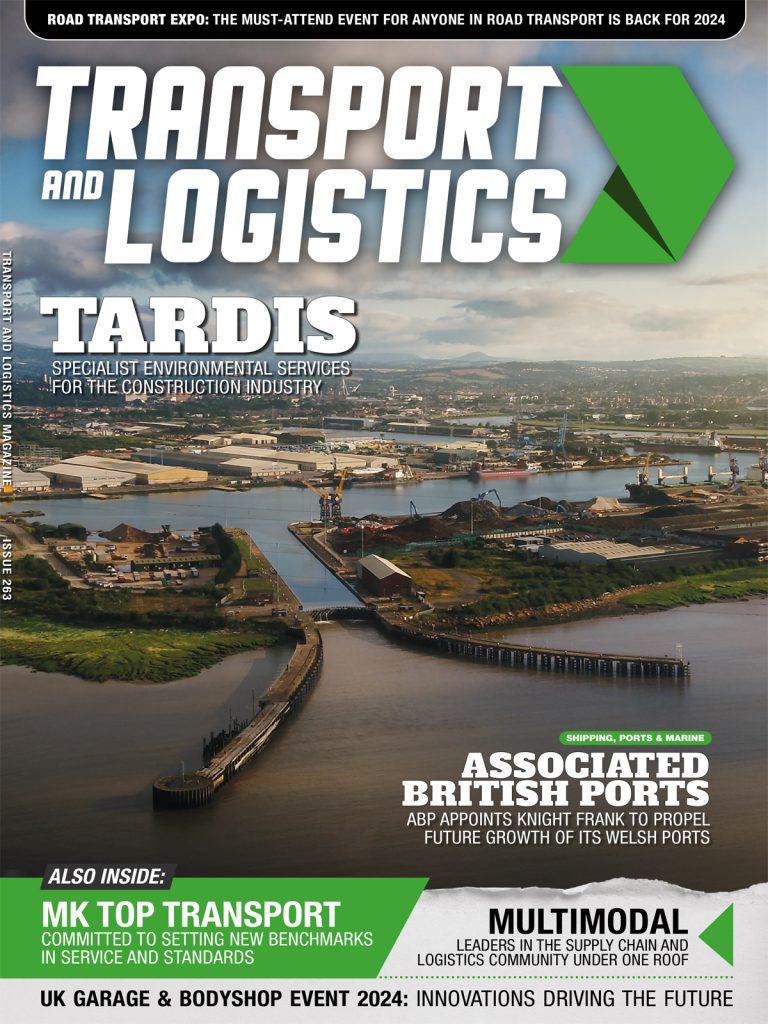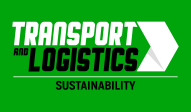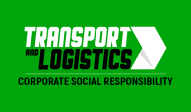Developing options for alternative fuels for shipping is a key aspect of reducing its environmental footprint. DNV GL is actively involved at the forefront of this research. Christos Chryssakis, lead researcher for Greener Shipping, part of the Maritime Transport, programme in DNV GL’s Strategic Research and Innovation division, outlined to Norwegian Solutions the current state of play.
He said that whatever the technology and emissions benefits, cost will be decisive when it comes to whether, and which, alternative fuels are adopted. “A big problem is the uncertainty of fuel oil cost which is making decisions difficult. Fuel oil has well established infrastructure and compatibility with other systems on board vessels. The availability of alternative fuels is uncertain and there are other environmental impacts, such as the impact on food production from the use of bio-fuels.”
Another key aspect is managing the risks of using alternative fuels. This includes fuel properties, risk mapping, barrier analysis, and safety assessment. “Safety and economics must be integrated at an early stage.”
DNV GL is studying several different fuels including liquefied natural gas (LNG), liquefied petroleum gas (LPG), methanol, ultra-low sulphur fuel oil, and batteries. Methanol has been a particular recent focus. Mr Chryssakis said that the cost of methanol can be cheaper than LNG. It can come from a variety of sources, including natural gas and coal, and can be produced from different feedstocks. There is also the further alternative of bio-methanol, which is a by-product from the paper industry. Emissions vary considerably according to the type of methanol used.
The environmental benefits are compared using heavy fuel oil (HFO) as the base case, taking into account the cost of exhaust gas treatment when using HFO. High pressure LNG in two-stroke engines completely eliminates methane slip, while for four-stroke engines there is some methane slip but NOx emissions are reduced considerably, to the IMO Tier III compliance level. With LPG, NOx reduction is only moderate and other technologies are needed. “So it is not just the fuel itself but also the technology used that must be considered,” Mr Chryssakis told Norwegian Solutions.
“Fuel selection is a very complex decision and must be made on a case-by-case basis, taking into account the ship type, operating profile, emissions regulations where the vessel is operating, climate change factors, fuel availability and the cost of infrastructure and equipment.”
Rule development for handling methanol
As methanol emerges as a practical alternative fuel, the development of rules for handling it as a fuel is vital for regulators and operators. Endre Lajord, DNV GL senior engineer for LNG cargo handling and piping systems, explained to Norwegian Solutions the current state of play.
Tentative low flashpoint liquid (LFL) fuel ship installation rules, covering methanol, were first published by Det Norske Veritas (DNV) in July 2013, making DNV GL the first classification society to publish rules covering LFL fuels. “They were developed from LNG rules but there are important differences, such as for leakage detection, purging of fuel lines, segregation, and toxicity which poses a risk to personnel. There is also a specific fire hazard because methanol burns with an invisible flame, and methanol vapour is heavier than air. When used as fuel, methanol is in liquid form up to the engine, so specific engines and technologies are required for using it. Detectability is difficult and you need specific detectors for methanol,” said Mr Lajord.
A new version of the rules was published in October 2015, with a second revision due in July 2016 with adaptations to IMO’s International Code of Safety for Ships using Gases or other Low-flashpoint Fuels (IGF Code). DNV GL is involved in development of this code. The new IGF Code, effective January 2017, will not include specific reference to methanol, but it will include guidelines, and methanol will be added to the code later. “There are still ongoing discussions on safety equivalent standards for methanol fuel and there are some points still subject to debate,” Mr Lajord explained. They will be based on rules applying to chemical tankers, with a requirement for segregated fuel tanks and piping systems. “Chemical tankers are probably the best type of ships to adopt methanol as they already have similar systems of tanks and piping.”
DNV GL has classed a new vessel that uses methanol fuel. Norwegian owner Westfal-Larsen Shipping is building two dual-fuel methanol tankers of 50,000 dwt. The first of the pair, Lindanger, was launched in South Korea in April.
Knut Ørbeck-Nilssen, chief executive of DNV GL’s Maritime business, said: “This is the first time a dual-fuel engine with an LFL fuel system has been installed on an ocean-going vessel. Methanol as a marine fuel is a very promising option to enable owners to reduce the environmental impact of their vessels and to comply with low sulphur and emission control area regulations. We look forward to working on many more projects using this innovative marine fuel and technology.”
Lindanger can run on methanol, fuel oil, marine diesel oil or gasoil. It has been assigned the additional notation LFL FUELLED to demonstrate compliance with the DNV GL rules for low flashpoint marine fuels.
